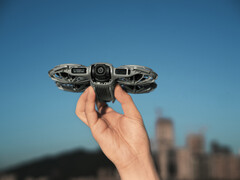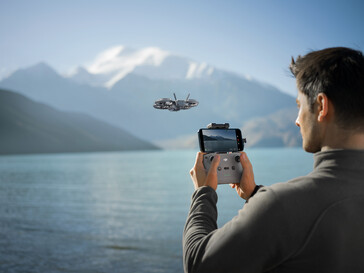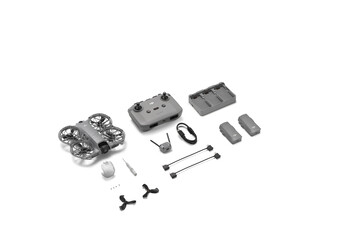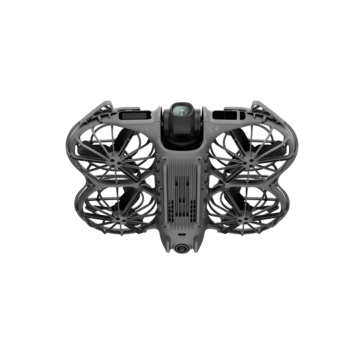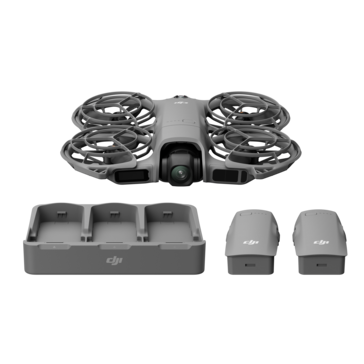DJI recently expanded its popular compact drone lineup with the Neo 2 - a follow-up to the palm-sized Neo that debuted in September 2024. After launching in China on October 30, the Neo 2 is now heading to Europe, Canada, and Brazil from November 13. The new model should be great for casual flyers and content creators who want a small, self-flying camera with minor upgrades over its predecessor.
The Neo 2 is still pretty lightweight at only 151 g (although it is slightly heavier than the first iteration). DJI has fitted it with a ring of optical and infrared sensors that provide full obstacle detection, including forward LiDAR for depth mapping and downward positioning for smoother landings. The first Neo lacked any meaningful collision protection, often relying entirely on pilot caution.
Camera performance-wise, the Neo 2 has the same sensor as the original Neo but moves from a single-axis setup to a two-axis gimbal stabilizing a 12 MP 1/2-inch CMOS sensor. It shoots up to 4K @ 100 fps with better HDR processing and less motion blur. This should make handheld-free shots and slow-motion clips look much steadier than the Neo’s 4K @ 30 fps limit.
Battery life also rises slightly to 19 minutes, while 49 GB of internal storage now supports roughly 100 minutes of 4K/60 fps footage. Files can be transferred over Wi-Fi at up to 80 MB/s without cables. The Neo 2 also maintains support for gesture and voice control, while advanced users can connect DJI’s RC-N3 controller for up to 10 km of range or pair the drone with Goggles and the Motion Controller for FPV-style flying.
According to DJI, the Neo 2 ships in four configurations:
- Neo 2 (Drone Only) - €239, ~$277
- Neo 2 Fly More Combo (Drone Only) - €329, ~$382
- Neo 2 Fly More Combo - €399, ~$463
- Neo 2 Motion Fly More Combo - €579, ~$671
DJI Care Refresh coverage is available for all versions, with replacements for accidents, collisions, and flyaway incidents for one or two years.
Source(s)
DJI (via press release)




